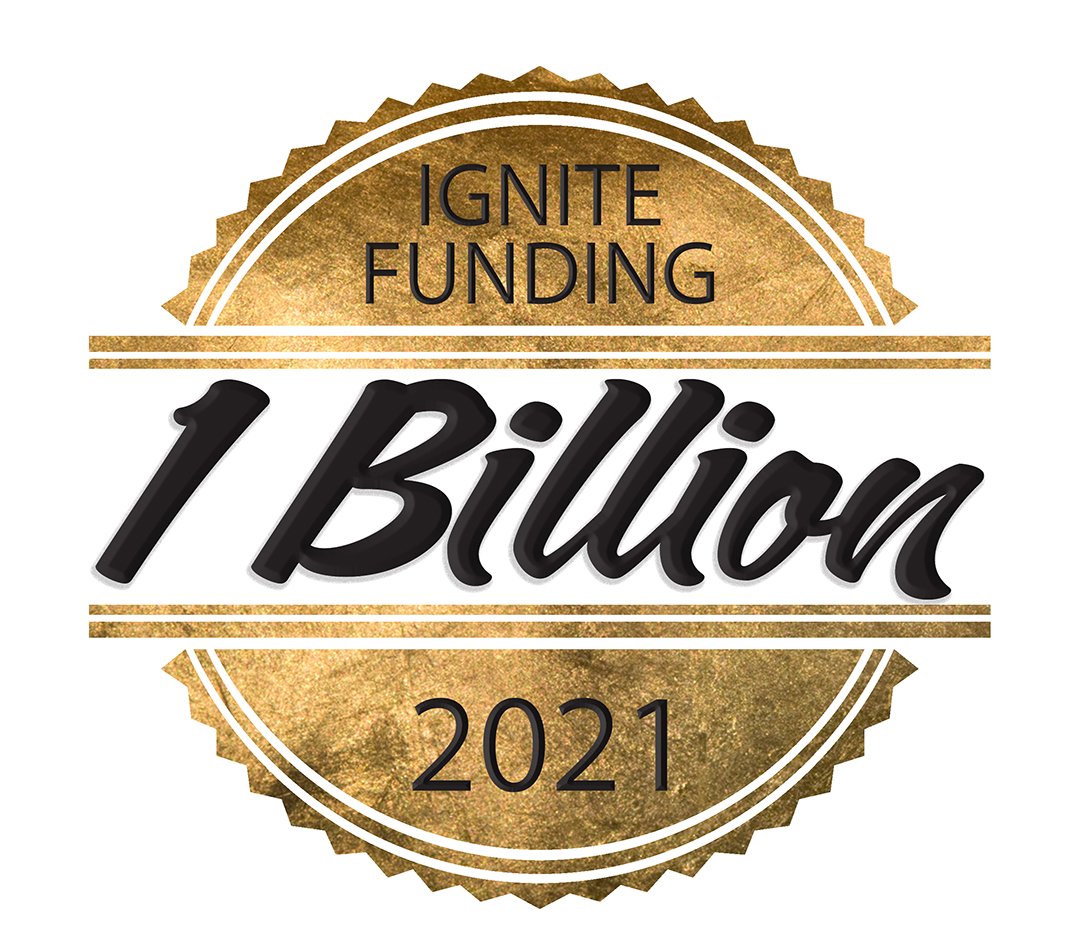Will Online Crowdfunding Platforms Endure a Real Estate Market Correction?
There is no doubt that the rise of online crowdfunding platforms altered the face of the real estate lending industry. Real estate crowdfunding companies appeared overnight and quickly became one of the most popular ways for the average investor to participate in investments that were once reserved for the very wealthy.
However, unlike the seasoned traditional and private institutions in the lending industry, these crowdfunding companies are still fresh faced, having only been around for less than a decade.This means that, much like any other business, the resilience of a crowdfunding platform has only been time tested by the bare minimum criteria. In other words, if the company’s platform is easy to use and the company provides consistently good product (performing real estate investments) with a competitive return, then they will continue to thrive. If they do not, then the company will fail to retain their current capital base and generate new capital, and eventually fizzle into nonexistence.While this is all well and good for business, the fact that these crowdfunding companies have yet to undergo the true test of their validity and sustainability – a full-blown real estate market correction – is largely understated. Unfortunately, this may be to the detriment to millions of investors who will soon realize the true extent of their exposure the hard way, and here’s why.
Who stands to lose?
When the Securities and Exchange Commission originally opened the door to crowdfunding with the passage of Rule 506 of Regulation D in 2013, these investments were originally reserved for accredited investors. Accredited investors were seen as being sophisticated enough to perform their own due diligence and understand the inherent risk, but more importantly, they are wealthy enough to handle the potential losses.
In 2016, the door was thrown wide open when the second part of the Jumpstart Our Business Startups (JOBS) Act went into effect, allowing non-accredited investors to participate in these crowdfunding platforms. While this initiative to give the average investor more opportunities to expand their investment portfolio was well-intended, there will most likely be unintended consequences. These investments are not much different than what is being offered to accredited investors, exposing the average investor to a similar risk profile that they are less likely equipped to understand nor handle financially.
What is the actual investment?
Unfortunately, due to the more recent availability of these types of investments on the market, the average investor is simply not experienced enough to understand the investment as it is presented to them by the crowdfunding companies. Investors see the exciting pictures of real property online and assume that is what they are investing in, but really it is the fine print of the crowdfunding company’s Private Placement Memorandum (PPM) and the people running the company that they are investing in. Reading the PPM is monumental to understanding the investment.
On the surface, the investor is led to believe that the investment is collateralized by a tangible asset. An investor must be savvy enough to request, read and understand the company’s PPM, or dig through the company’s website to find the true nature of the investment. The actual investment is typically referred to as a Borrower Payment Dependent Note. This Note is dependent on the borrower making their payment on the loan for the investor to receive returns and their principal back in full. The crowdfunding company is the one that is collateralized by the asset in the case of default and/or foreclosure. This leaves the investor vulnerable to losing their entire principal investment because they are simply relying on the good faith of the crowdfunding company and not the tangible asset to fall back on in case of default and/or foreclosure.
When is the last time crowdfunding experienced a correction in the real estate market?
Many traditional and private lending institutions have endured decades of market fluctuations and troublesome borrowers, which means they have extensive experience not only as a loan servicer, but also as an asset manager and coordinator for default resolution. To achieve recourse on a portfolio of defaulted loans, this experience is invaluable. For example, many of the traditional and private lenders that offer direct investments in the collateral to private investors have been around since pre-2008. They are more conservative in who they lend to and what regions they lend and will be less likely to overextend their servicing portfolio to any one borrower or investment type. They are also more likely to have contingency plans and funds in place for the next real estate correction in order to secure the investments on behalf of their investors. With these risk mitigation strategies in place when the market does correct, traditional and private lending institutions will be better equipped to continue as “business as usual”. The private investors investments are collateralized by real property, so they do not stand to lose their entire investment due to default and/or foreclosure.
Crowdfunding companies formed well after the most recent market correction are driven by the volume of loans they can produce to feed the marketing of their online platforms. These companies are in as many regions and work with as many borrowers as they can, which makes it less likely they will be able to manage their book of business if the real estate market was to experience a correction. Investors will most likely be in a less favorable and more vulnerable position.
How will the crowdfunding industry react to the real estate market correction?
The real estate default and foreclosure process typically does not resolve itself overnight, especially if these loans are made in states that follow the judicial process for default resolution. This can therefore rack up extensive legal and management fees over time. An investor should review the crowdfunding company’s financial statements to determine if the company has any contingency funds set aside for the resolution process of a real estate correction to secure the investments on behalf of their investors. Investors will find the majority of the company’s income is allocated toward loan servicing and marketing to keep the online engine flowing. This means that when a default and/or foreclosure occurs, which is not an “if” but a “when”, there may be cause for concern about the investors’ principal investment. This is where the fine print of the PPM should not be overlooked.
The crowdfunding company is typically not obligated to pass through any monies received from the default resolution to investors, which means the company could potentially absorb the entirety of these funds to pay their fees; that is of course if they have a contingency plan for a real estate correction to protect the tangible asset at all. The company is not liable if there is a complete loss to the investor because the investor risk was defined and acknowledged by the investor in the fine print of the PPM that every day investors do not typically read.
So, how will the crowdfunding industry react to a market correction? It is yet to be seen. All investors can do is hope the people at the helm are prepared.



